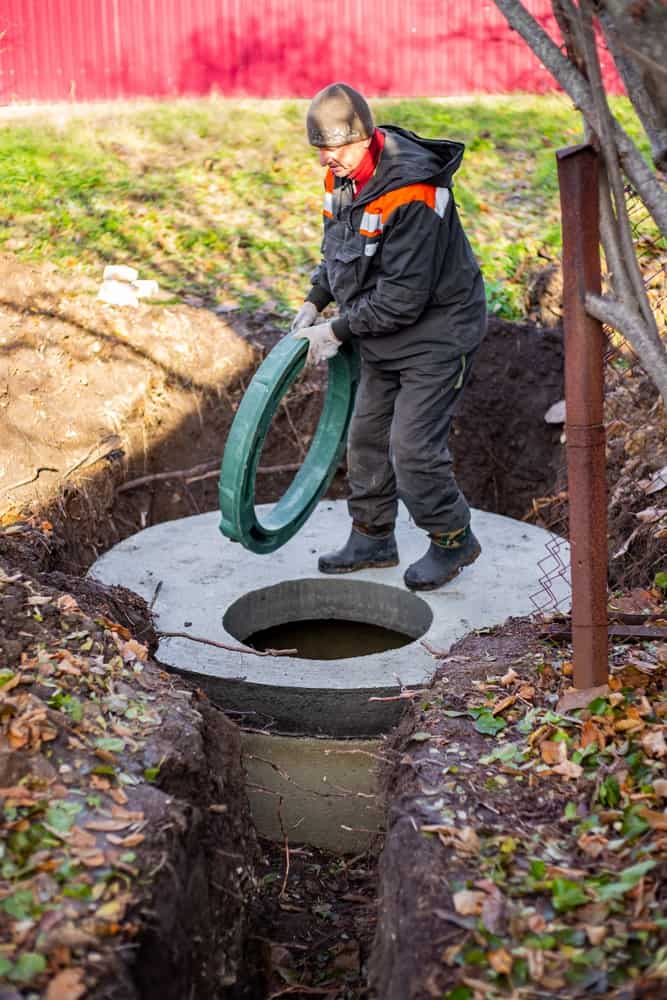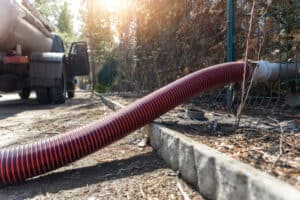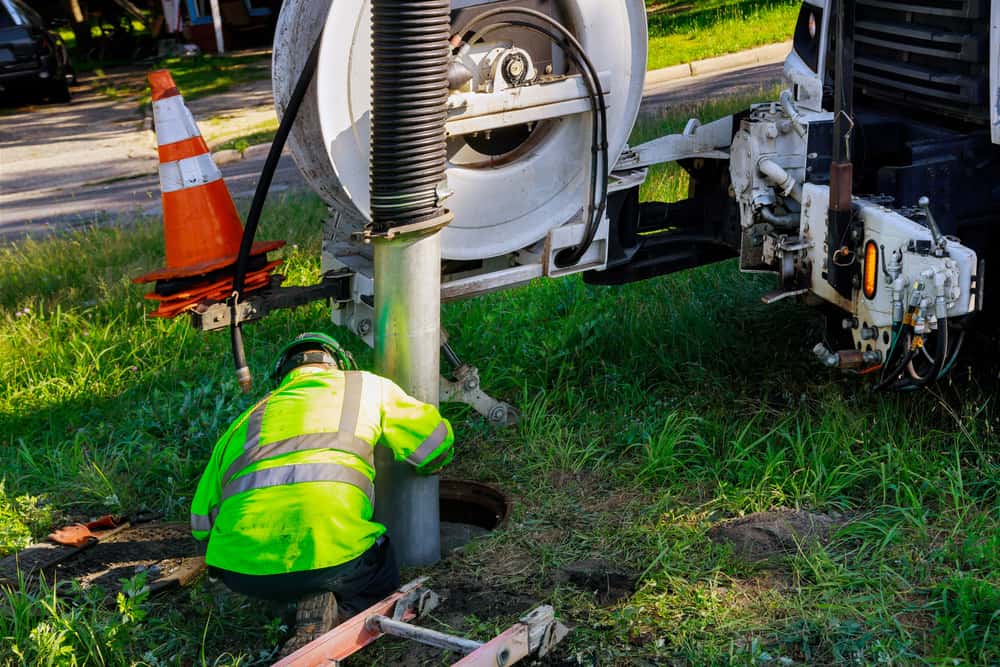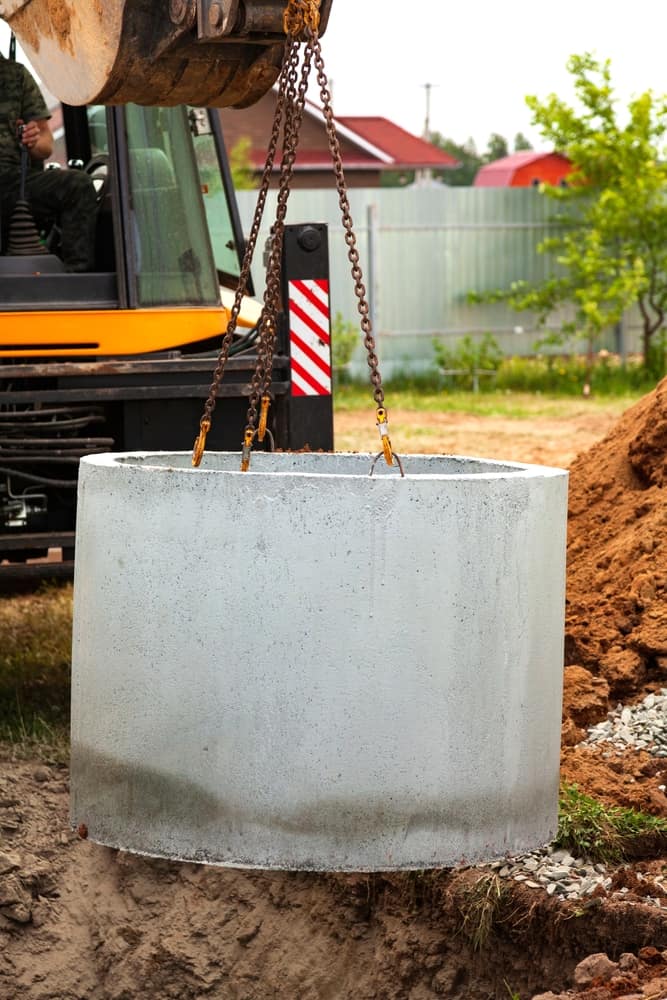How to Prepare for a Septic Tank Pumping Service: Tips for Homeowners
Septic tank pumping is an important part of maintaining a healthy septic system. Regular pumping helps to prevent costly repairs and ensures that your system is functioning properly. As a homeowner, it is important to be prepared for a septic tank pumping service. Here are some tips to help you get ready:
1. Locate the septic tank: Before the pumping service arrives, you should locate the septic tank. This will help the technician to quickly and easily access the tank.
2. Clear the area: Make sure the area around the septic tank is clear of any debris or obstructions. This will help the technician to access the tank without any issues.
3. Check the tank lid: Make sure the tank lid is in good condition and that it is not cracked or broken. If the lid is damaged, it should be replaced before the pumping service arrives.
4. Check the pipes: Make sure all the pipes leading to and from the septic tank are in good condition. If there are any issues, they should be addressed before the pumping service arrives.
5. Have the necessary paperwork: Make sure you have all the necessary paperwork for the pumping service. This includes the septic tank permit, the septic tank inspection report, and any other documents that may be required.
By following these tips, you can ensure that your septic tank pumping service goes smoothly. Taking the time to prepare for the service will help to ensure that your septic system is functioning properly and that any potential issues are addressed quickly and efficiently.
The Benefits of Regular Septic Tank Inspections: What to Expect
Regular septic tank inspections are essential for the proper functioning of a septic system. Inspections help to identify any potential problems before they become serious, and can help to prevent costly repairs or replacements. In addition, regular inspections can help to ensure that the system is operating efficiently and safely.
When it comes to septic tank inspections, there are a few key things to expect. First, a qualified inspector will assess the condition of the tank and its components. This includes checking for any signs of damage or wear, as well as any blockages or leaks. The inspector will also check the levels of sludge and scum in the tank, and will look for any signs of corrosion or other damage.
The inspector will also check the condition of the drain field, which is the area where wastewater is dispersed. This includes checking for any signs of saturation or standing water, as well as any signs of root intrusion or other damage. The inspector will also check the condition of the pipes and other components of the system, such as the pump and the control panel.
Finally, the inspector will check the condition of the septic tank itself. This includes checking for any signs of cracks or other damage, as well as any signs of corrosion or other damage. The inspector will also check the condition of the baffles, which are the devices that help to keep solids from entering the tank.
By having regular septic tank inspections, homeowners can rest assured that their system is functioning properly and safely. This can help to prevent costly repairs or replacements, and can help to ensure that the system is operating efficiently and safely.
The Importance of Septic Tank Maintenance: How to Keep Your System Running Smoothly for Years to Come
Septic tank maintenance is an important part of keeping your home’s plumbing system running smoothly for years to come. A septic tank is a large, underground tank that collects and stores wastewater from your home’s plumbing system. The tank is designed to separate solid waste from liquid waste, allowing the liquid to be safely discharged into the environment.
Unfortunately, septic tanks can become clogged or damaged over time, leading to costly repairs and potential health hazards. Regular maintenance is essential to ensure your septic tank is functioning properly and to prevent costly repairs. Here are some tips for keeping your septic tank in good working order:
1. Have your septic tank inspected and pumped regularly. It is recommended that you have your septic tank inspected and pumped every three to five years, depending on the size of your tank and the amount of wastewater it processes. This will help to prevent clogs and other problems from developing.
2. Avoid flushing items that can clog your septic tank. Common items that should not be flushed include paper towels, feminine hygiene products, and other non-biodegradable materials.
3. Use water-saving fixtures and appliances. Installing low-flow toilets, showerheads, and faucets can help reduce the amount of water entering your septic tank, which can help prevent clogs and other problems.
4. Avoid using chemical cleaners. Chemical cleaners can damage the bacteria in your septic tank, which can lead to clogs and other problems.
5. Plant trees and shrubs away from your septic tank. Trees and shrubs can damage the tank and its components, so it is important to keep them at least 10 feet away from the tank.
By following these tips, you can help ensure that your septic tank is functioning properly and that your home’s plumbing system is running smoothly for years to come. Regular maintenance is essential for keeping your septic tank in good working order, so be sure to have it inspected and pumped regularly.





